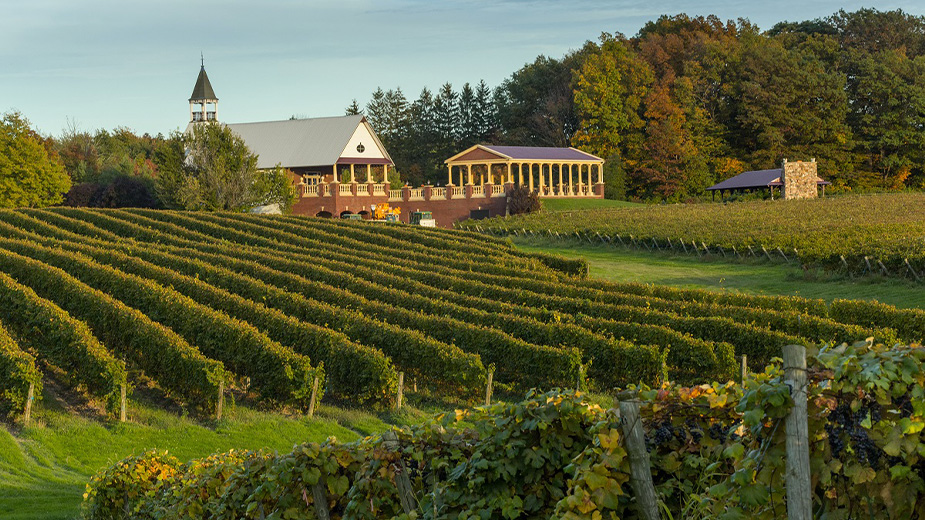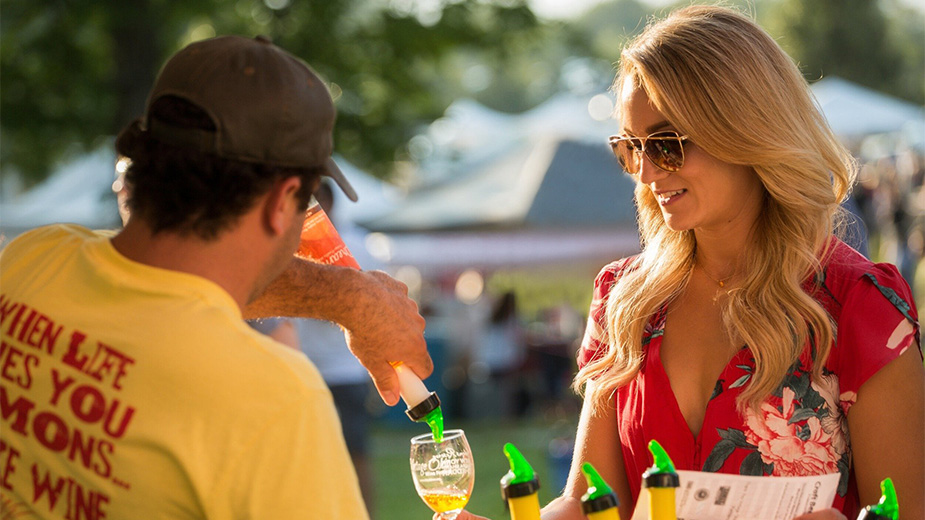Chardonnay: The ‘Queen’ of White Wines
By Donniella Winchell
Executive Director, Ohio Wine Producers Association
Around the world, chardonnay is recognized as the most noble of white wines. It is widely planted, capable of producing a broad range of wine styles and has almost universal appeal.
Chardonnay was one of the first viniferas, or European style grapes, to be successfully grown in northeastern Ohio. While it is surely susceptible to injury from our uneven and rather harsh winter temperatures, it usually experiences less winter damage than more tender varieties like sauvignon blanc, merlot or pinot noir.
The integrity of a wine producing region is based largely on its ability to grow the fruit from which local wines can be made. When pioneers like Arnie Esterer of Conneaut illustrated that the variety could successfully be grown and yield wines of notable quality, many regional producers followed his lead.
Chardonnay vines take their name from a village in France near Macon and yield rather longish bunches with golden berries that are almost translucent when fully ripe. As finished wines, they very much reflect growing conditions and cellaring techniques used by each winemaker. Some chardonnays are grown in heavy soils, fermented and aged in oak barrels for an extended period. The resulting wines are big, full of vanilla, heavy with oak and long lived. Other grapes are grown in light gravely soils, fermented in stainless steel and aged only for a few weeks or months in oak. They are fresher, lighter, less complex with a “fruit up front” finish. Regardless of techniques used, most chardonnays age well, developing depth, complexity and interest in the bottle.
Every fine restaurant offers a plethora of chardonnay selections. Some cynics believe it became the country’s most popular white in the early ’80s because it has a name that is easy to pronounce. While there may be a grain of truth in that suggestion, a more plausible explanation is that chardonnay is truly a great grape which produces pleasant, interesting wines and complements many styles and varieties of cuisine. With flavors of apple, pear, citrus, peach, butter, honey, butter and vanilla, how could it not be widely accepted as an appealing food wine?
Since chardonnay is so widely available, a festive evening with friends might be planned around a “varietal” tasting. Visit several of the local wineries that produce the wine and purchase a bottle from each. Trek to your favorite retail wine shop and pick out one chardonnay each from France, northern California, southern California, Australia and perhaps South Africa. Chill the bottles slightly and conceal each in a brown bag. Provide some simple breads and cheeses. Invite your guests to compare, contrast, share notes and learn more about this most appealing wine variety.
Copyright 2024 The Business Journal, Youngstown, Ohio.



